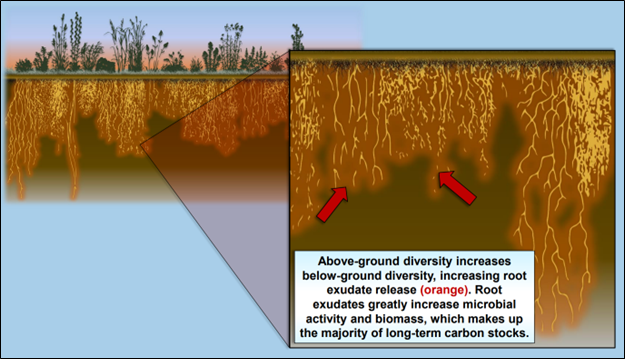
Choosing the right yield goal
As harvest wraps up and planning for the next growing season begins, one critical decision looms large: choosing the right yield goal. Whether you’re sampling your own fields or relying on an agronomist or fertilizer dealer, the yield goal you [...]



